Streptococcus bacteria, which enters our body through any opening on the skin, causes the emergence of Erysipelas, commonly known as ‘Serpentine disease’ among the people. If you are wondering what is erysipelas, what are its symptoms and how to treat it, let’s go to our article right away.
The snakebite disease, which is a kind of skin disease, which we usually hear as snakebite disease, is one of the common skin diseases today. The erysipelas disease, which occurs as a result of infection by the Streptococcus bacteria, occurs in the upper layer of the skin. Although it does not leave permanent damage to the skin, it may take some time for the affected area to recover, depending on the severity of the case.
The snakebite disease, which can be confused with similar skin diseases from time to time, has various symptoms of its own. Although it is a potentially serious condition, it can be easily treated with current methods. In this content we What is snakebite disease? answers the question, symptoms and to the treatment We look closely.
Let’s start with the basics, erysipelas – what is erysipelas?
snakebite diseaseis a type of bacterial infection that occurs in the upper layer of the skin. Snake disease is typically caused by a bacterium, group A Streptococcus. group A Streptococcus bacteria When it enters the body, it occurs when bacteria affect the superficial lymphatic vessels and the lower skin layer due to disrupting the skin integrity. In addition to these skin disorders, various symptoms such as blisters, high fever and chills may occur in different parts of the patient. While this infection most commonly affects the face and legs, it can occur in more than one part of the body.
What kind of disease is snakebite disease?
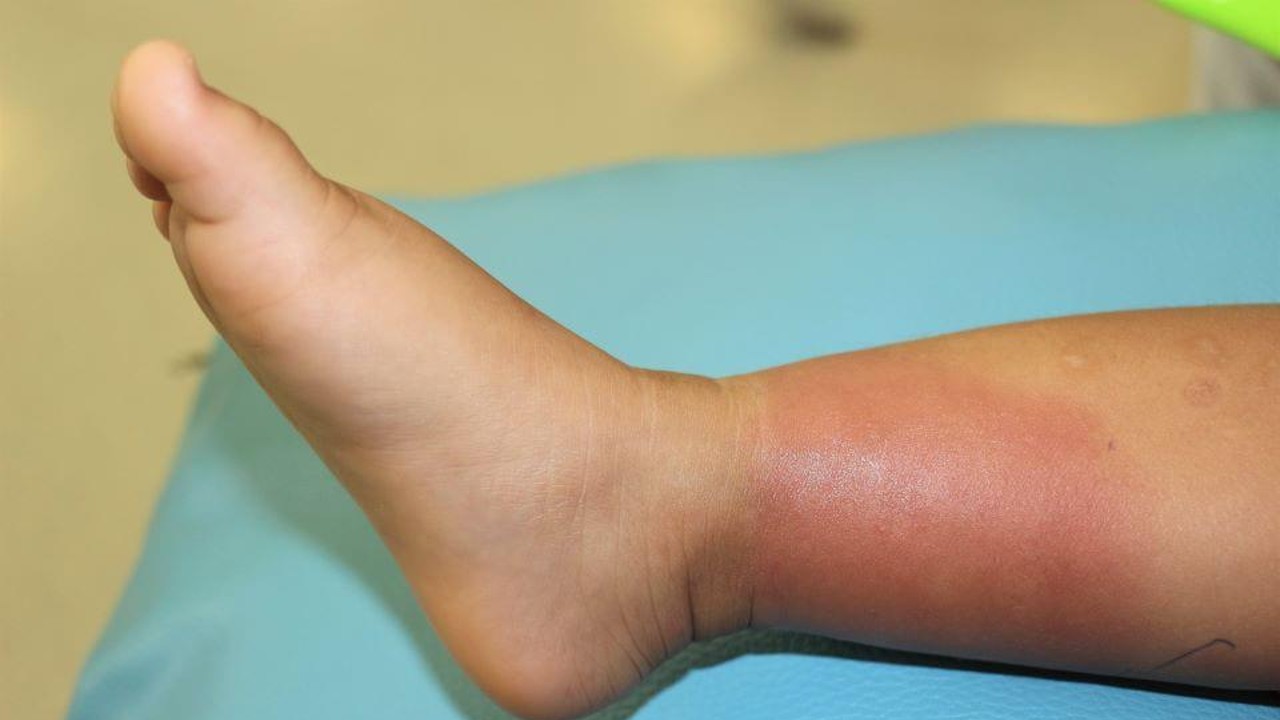
Infection begins with Streptococcus entering the body from the affected areas of any wound, abrasion, eczema or similar skin disease that occurs on the skin. The area affected by this bacterium quickly swells and begins to redden. These regions are usually 10 – 15 cm may be in diameter. to snakebite disease There is another disease called “Lymphagitis”, which is confused due to its similarity, but usually manifests itself as a line-shaped swelling or redness of the affected area. Unlike cellulite, which affects deeper tissues, snakebite only affects the upper layers of the skin.
Usually, it can take up to a week, depending on the treatment, but may be longer in cases. It may take some time for the skin to return to normal in the affected areas and for the rash to stop. snakebite disease Although it is not always a preventable disease, you can go to a doctor regularly to reduce the risk of getting caught or keep your immune system strong and healthy. Snake disease is not an inherited and contagious disease.
So what causes snakebite disease?
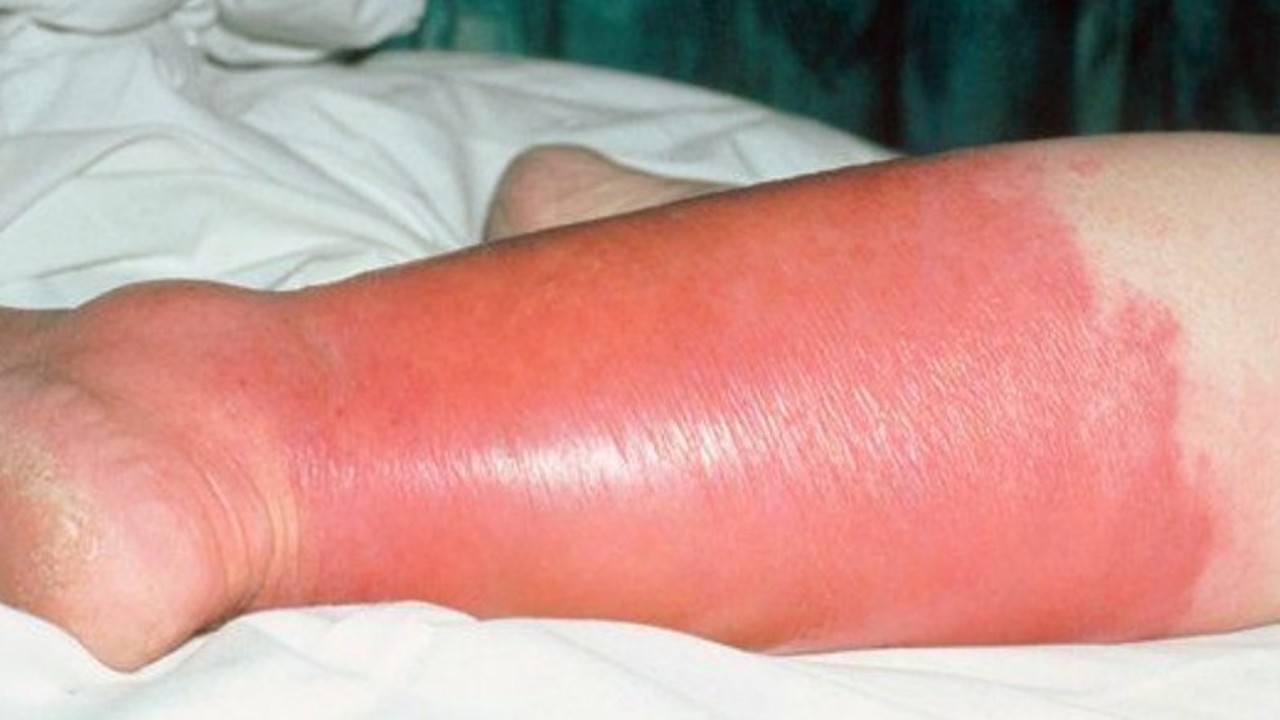
snakebite diseaseIt occurs when group A Streptococcus bacteria penetrate the outer layer of the skin. Normally, these bacteria are found naturally on the skin and other surfaces and do not cause any harm to human health. However, these bacteria are transmitted through a cut or wound on the skin. if they enter the body can cause infections. As a result, snakebite disease may occur.
Especially in adults 2-6 years old and over 60 years old snakebite disease more likely to develop. In addition, it can occur in adults with weakened immune systems. Obesity, alcohol, pregnancy, various skin diseases and various wounds in the body are among the other important reasons for the formation of snakebite.
What are the symptoms of snakebite disease?
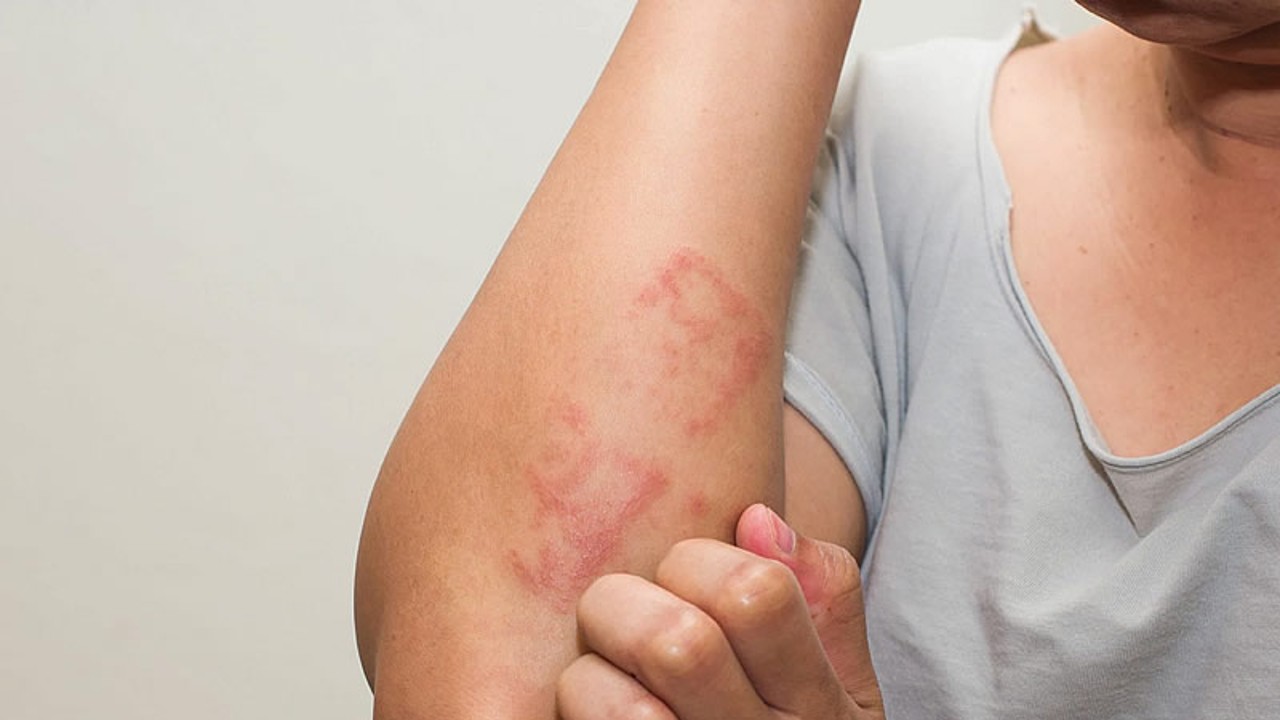
- High fever
- Shake
- Nausea
- Weakness
- Shedding in certain areas of the skin
- Blisters in severe cases
- Precise boundaries between the affected area and the unaffected skin
- In severe cases, purplish spots
- Red lines appearing above the affected area
Symptoms of snakebite usually begin suddenly with a high fever, chills, and malaise. Average 24-48 hoursThere are spills in the parts of the body that are affected by the infection. Bright and red bumps begin to appear on the skin. These rashes may cause burning or itching. These rashes occur in areas with certain boundaries that do not spread to other parts of the skin. Some types of erysipelas skin bleeding and your purplish spots may also result. If the infection develops in the face area, spots usually appear on the cheeks and nose area. In babies, it can occur around the diaper area and belly button.
What is good for snakebite disease?
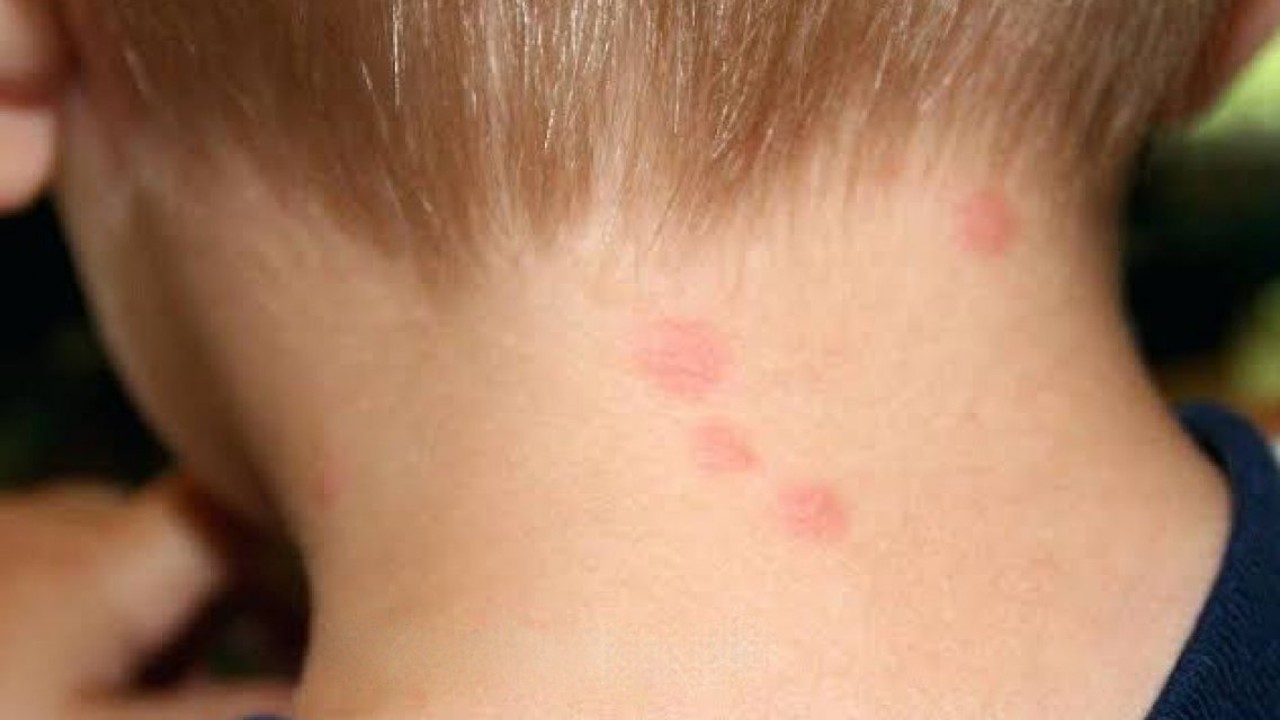
- get plenty of rest
- Keeping the immune system strong
- Paying attention to drug use
- keeping skin clean
- Abundant fluid consumption
snakebite disease During the treatment, plenty of bed rest should be done and it is recommended to keep the affected area elevated. To reduce the effects of the side effects of the drugs used in the treatment process and to reduce the loss of fluid caused by the infection. plenty of fluid intake It is important. In addition, in order to prevent the entry of a new infection, areas such as wounds in the body should be treated. In addition, long-term antibiotic therapy can be applied to prevent the development of erysipelas. But it is extremely important that all these treatment processes are carried out under the control of a doctor.
How is snakebite disease treated?
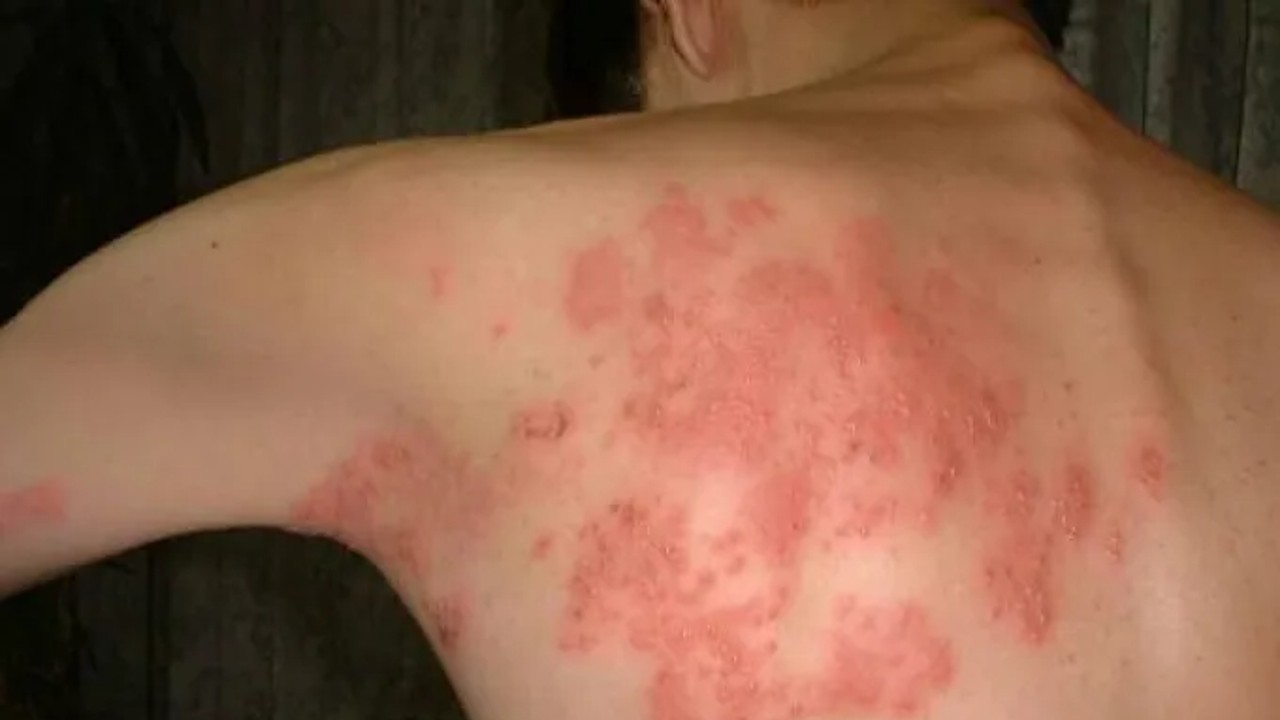
Generally, snakebite disease It is a condition that can be treated at home, but patients with advanced conditions can be treated in a hospital or medical facility. Snake disease treatmentTreatment should start as early as possible to avoid the occurrence of different complications that may result from infection.
Antibiotics such as penicillin are among the most preferred antibiotics for the treatment of erysipelas. mild snakebite disease Patients with rheumatoid arthritis can be treated with these antibiotics at home. In more severe cases of erysipelas, different drugs can be used for treatment. bacteria causing infection unresponsive to antibiotics In this case, the treatment process is continued with different drugs. Surgical operations may often be necessary in rare cases where the infection progresses rapidly and healthy tissue begins to die.
In this content, we answered questions such as what is erysipelas or erysipelas, what are its symptoms, and how is it treated. What we write is for informational purposes only. Remember that you can get the most accurate information by consulting a specialist physician.
